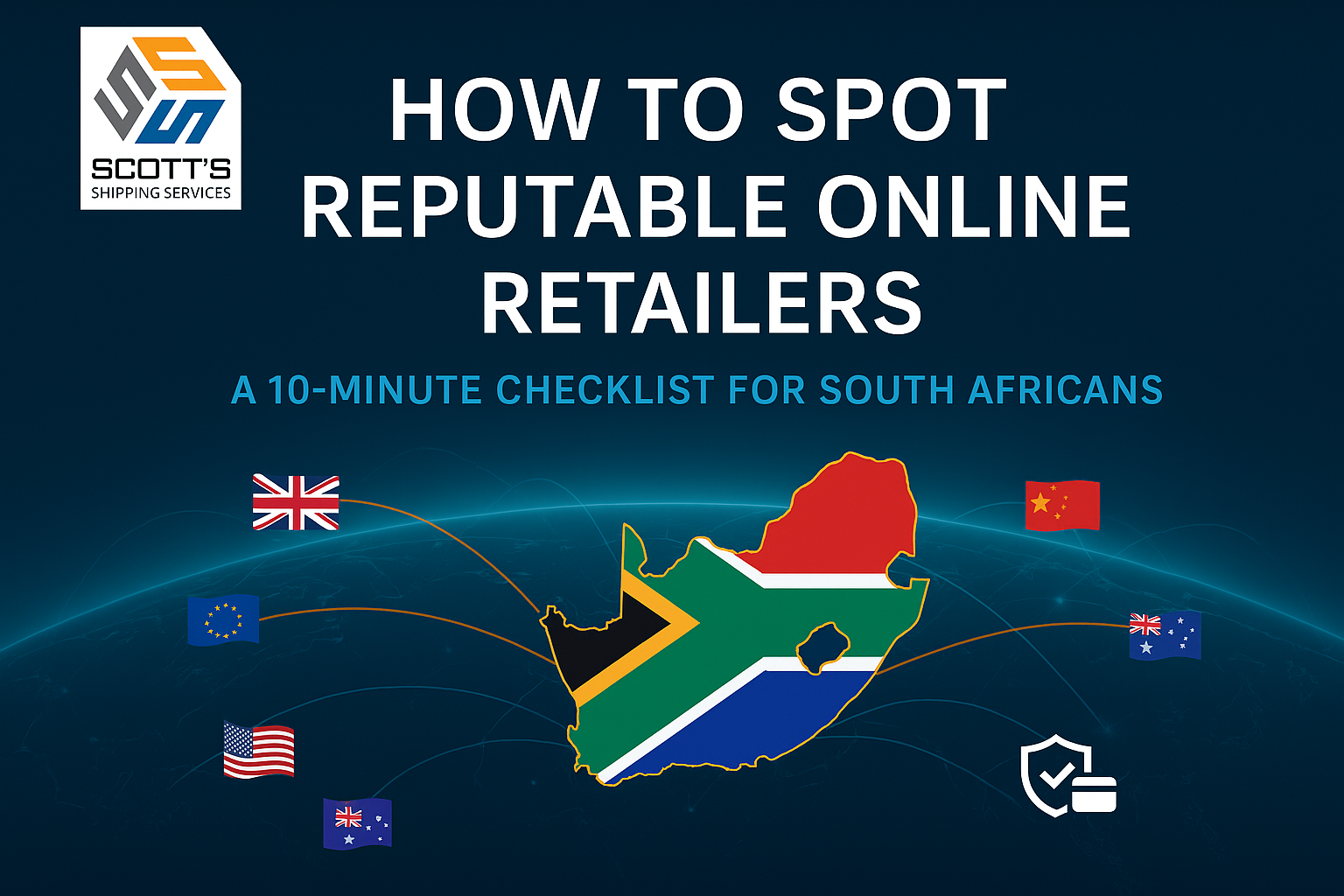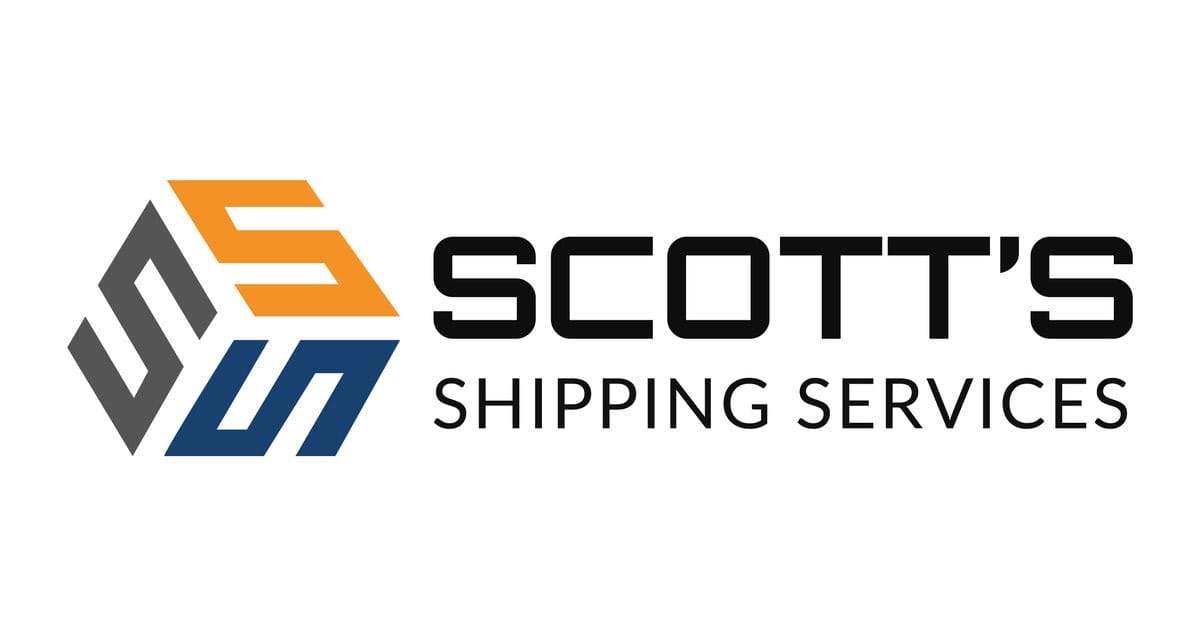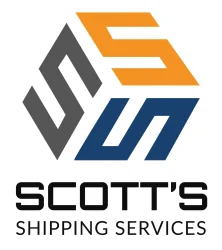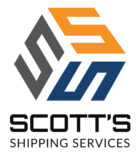
How to Spot Reputable Online Retailers: A 10-Minute Checklist That Actually Works
TL;DR: Most scams unravel fast if you check five things: contact details, legal pages, payment options, real-world reviews, and marketplace seller info. When in doubt, ask the store a pre-purchase question and pay by credit card for protection. If it feels too good to be true, it almost always is.
Why this matters
Good deals are real. So are fakes. I have bought thousands of items for South African customers from hundreds of stores worldwide and have never been trapped by a fraudulent seller. Below is the exact, practical checklist I use. It is quick, opinionated, and designed for normal humans.
The 10-minute legitimacy checklist
1) Contact details that make sense
Look for a contact page with an email address and a physical location, plus a working contact form. Phone numbers are nice but not essential. Many legitimate businesses deliberately limit inbound calls to keep service fast. For example, Scott’s Shipping Services lists a number for outbound identity checks, not call support, which helps us respond to real customers quicker. Tip: send a short pre-purchase query. Real businesses reply.
2) Real legal pages, not lorem ipsum
Open the Privacy Policy and Terms and Conditions. Do they load on the same domain and refer to the actual business name, services, and region, or are they generic copy-paste templates? Light copy is common for small shops, but completely generic documents that do not match the site are a yellow flag.
3) Payment methods with consumer protection
Prefer established gateways like Peach/Yoco etc in South Africa, and globally PayPal, Google Pay, Apple Pay, or Amazon Pay. Gateways and credit cards generally give you dispute and chargeback paths if things go sideways. EFT to a stranger for a first purchase is a no.
Caveat: some legitimate shops skip gateways to save fees. If so, the other checks need to be spotless. Read the protection terms for PayPal Purchase Protection, Visa dispute guidance, and Mastercard disputes.
4) Site quality and obvious errors
Click around. Do important links work? Any spelling clangers on product pages or checkout? Scam sites often sprint to publish and leave sludge behind. Yes, some honest stores look like they were designed in 2009, but you can tell the difference after two or three pages.
5) Reviews that exist off the site
Treat on-site testimonials as marketing. Check Google Reviews or other third-party sources. Look for a sensible number of recent reviews and a distribution that includes some fours and threes. All fives is suspicious. Here is Google’s own guidance on reviews.
6) Social presence that looks alive
Legit companies often post on at least one channel. If the site shows social icons that go nowhere, that is a yellow flag. No posting does not equal scam, but “Instagram icon → 404” is lazy at best.
7) Domain and safety hygiene
If something smells off, run a Google Safe Browsing check and a WHOIS lookup to see the domain age. A brand-new domain is not proof of fraud, but it lowers the benefit of the doubt.
8) Customer service signal test
Send a product question like: “Do you have stock, and what is the delivery lead time to Pretoria East?” You want a clear, specific answer. Scams rarely bother.
9) Pricing sanity check
If the price reads like a typo, assume it is. Compare against two or three known retailers. Real discounts exist. Unicorns, not so much.
10) Always pay with a credit card
Credit cards and established gateways give you dispute options. That is worth the swipe.
Marketplace watchouts
Amazon, eBay, AliExpress, Takealot and friends: marketplaces are a mix of first-party and third-party sellers. Always check “Sold by” and “Ships from” details on the product page. Prefer items sold directly by the platform for high-ticket purchases, or at least fulfilled by them, and check the seller’s ratings and history. If a seller switched from R50 trinkets to R20k laptops overnight, walk away.
If a marketplace order goes wrong, use the platform’s buyer protection process without delay, keep all messages inside the platform, and never move to WhatsApp or EFT for a “better price.” For Amazon specifics, read the A-to-z Guarantee.
Red flags at a glance
- Prices that look magical
- Social icons that go nowhere
- Legal pages that are generic or broken
- Only EFT accepted for first-time buyers
- New domain, vague “About” page, no physical presence
- “Limited time” pressure everywhere, poor grammar, stock photos only
What to do if you are unsure
Send us the link. We can sanity-check a store before you spend money. We do this daily.
Two helpful SSS links: get a fast landed-cost Quick Estimate or contact us for a pre-purchase check.
Summary
Use the 10-minute checklist. Pay by credit card. Verify sellers off the site. If the deal is too good to be true, it probably is. If you are uneasy, ask us. We are happy to help.
FAQs
Is a payment gateway safer than entering card details directly on a store?
Generally yes. Gateways add layers of security and established dispute channels. You still need to verify the store, but your odds improve.
What if the store has no phone number?
Not a deal-breaker. Many legitimate businesses route service through email or tickets to keep response times tight. Make sure they respond quickly and clearly to a test question.
How do I check seller legitimacy on a marketplace?
Look at the “Sold by” name, fulfilment method, seller rating, and what they have sold historically. Avoid big-ticket items from new or erratic sellers.
If I get scammed, what should I do first?
Open a dispute with your card issuer or payment provider and escalate promptly. In South Africa you can also lodge a complaint with the Consumer Goods and Services Ombud or the National Consumer Commission.
Does SSS help with store checks before I buy?
Yes. Send us the product and store link. We will tell you if it passes muster and the safest way to pay.
Helpful tools you can use now
- Check site safety: Google Safe Browsing
- Look up domain details: ICANN WHOIS
- Learn how reviews work: Google Reviews guidance
Need a landed import cost in seconds? Use our Quick Estimate calculator. Want a second opinion on a store? Send us the link and we will sanity-check it before you pay.

If you’re planning your next import, don’t leave it to chance. Scott’s Shipping Services is here to make the process smooth, cost-effective, and fully compliant. Get your quick estimate today using our online calculator, or contact us for expert advice on your shipment.
About the Author
Written by Scott Kirby, Director of Scott’s Shipping Services.
Scott is the founder and director of Scott’s Shipping Services, a trusted name in international shipping and customs clearance in South Africa. With over a decade of experience helping hundreds of individuals and businesses import goods safely and efficiently, Scott combines technical expertise with practical know-how. His team has managed over 5000 successful shipments globally, earning a reputation for reliability, transparency, and hassle-free service.


